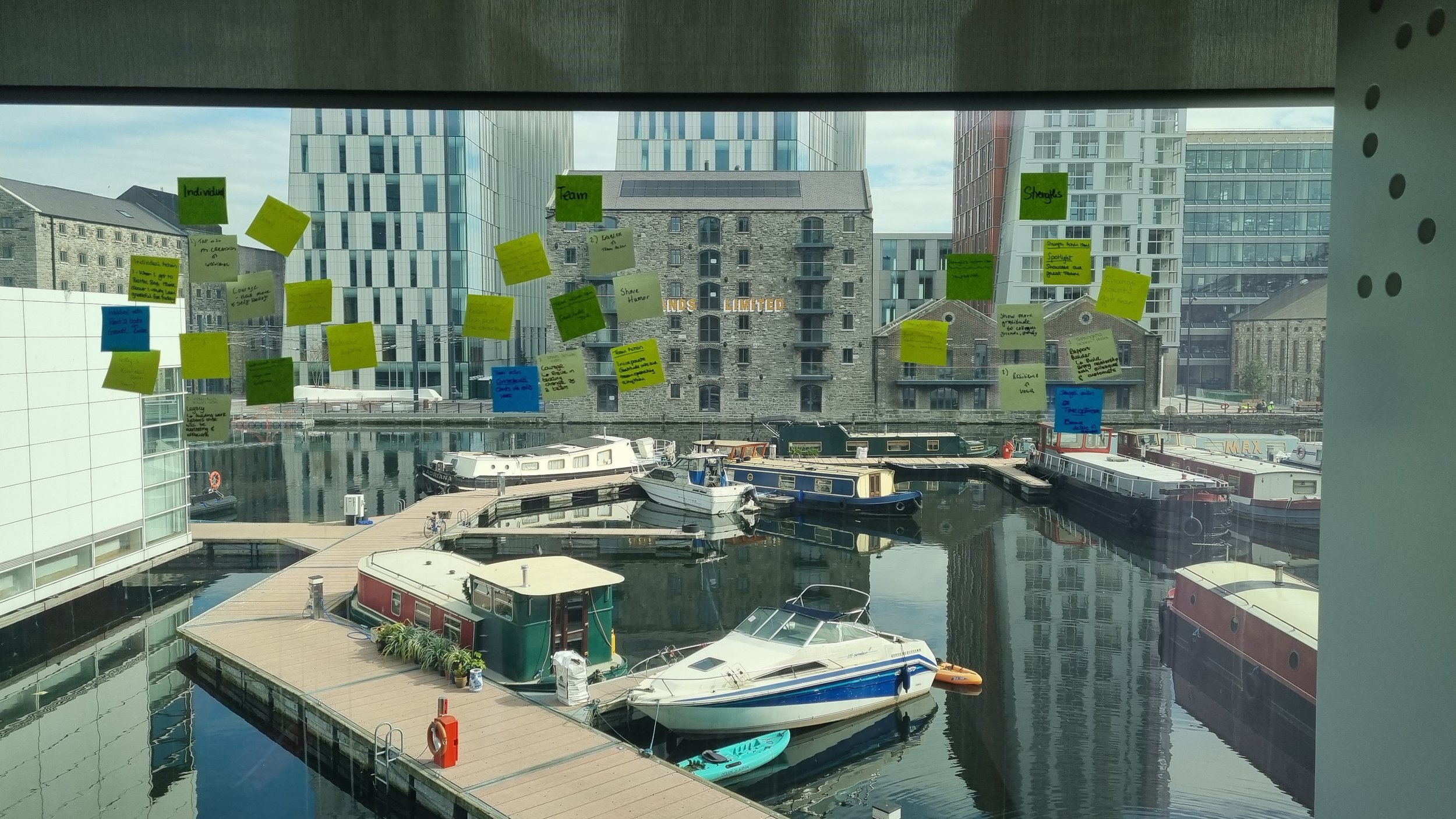Supporting Your Teams in Times of Change
The biggest change for teams in tech in 2022 is the re-adjustment to going back to the office. Flexible hybrid models are the way to go in terms of employee wellbeing and job satisfaction, as most employees want to keep up the positive habits that they cultivated during working from home. Microsoft’s recent Work Trend Index found that nearly half of their 31000 global employees are now prioritising their family and work-life balance. Especially Gen Z and Millenials are likely to leave a company if flexibility, wellbeing and work-life balance are not a priority within the company.
Together with the recent work of the Irish government to support the right to work from home, I am hopeful that most tech companies in Ireland will opt for a flexible model, inviting employees to choose and design a working life that is best for them.
That being said, a lot of people are looking forward to going into the office at least a few days a week and this poses a big change for people. Meeting team members face to face after such a long time can cause an overwhelming mix of emotions ranging from social anxiety, to excitement, a bit of uncertainty, and a new kind of awkwardness of readjusting to social norms, expectations and behaviours.
Change as an opportunity to do things differently
I am an optimist, so naturally I see this change as a great opportunity to do things differently. Why not use that time to bring the team together in a different form and with a positive learning experience?
A great way to help people embrace change and uncertainty is to equip them with self-awareness and a deep understanding what positive skills, talents and strengths they bring to a situation. People who embrace situations based on their strengths are more confident, resilient and optimistic.
Change: Moving from a focus of weaknesses to a focus of strengths
Somehow we have created a habit of always looking for what’s not perfect, what needs ‘fixing’. If you are part of any IT project you will be familiar with concepts like gap analysis and root-cause-analysis. We have created standardised processes of working based on the belief that there is always something wrong. There is always a problem. There is always something to fix. The same goes for career development conversations: what do you want to improve in the next year? What are the areas you need to become better at?
What would happen if we flip that upside down? What would happen if you asked yourself (and your team): what are you already really good at? And how do these strengths inform what you want to do next, or more off?
A new approach to Learning and Development
Team Workshop in Dublin: Strengths Awareness & Integration
Teaching people about their strengths is an eye-opening experience. People are baffled at how easy things can get when they start to look at problems from the perspective of strengths. Team members report they feel heard and seen when their manager uses a strengths-based approach. Creating a positive culture and language that promotes a can-do attitude builds confidence, motivation and people feel really empowered. Productivity then happens as a result of that shift.
If you put people’s flourishing first, the rest will follow.
You like this article?
Sign up to our newsletter to receive a monthly summary of news on the blog.


